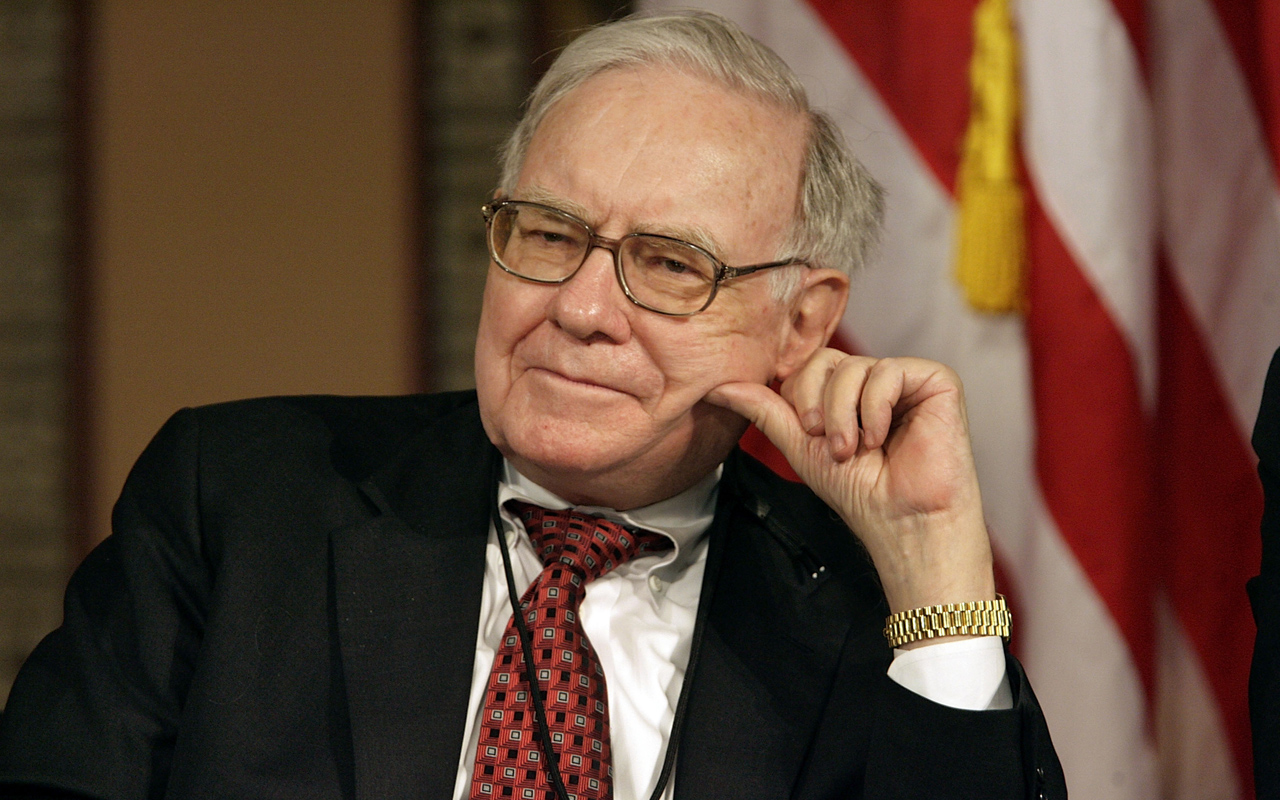Thinking, Fast and Slow (Farrar, Straus and Giroux, $30) isn’t so much a book as it is a personal tour of how your very own brain works. Your tour guide is author Daniel Kahneman, who won the Nobel Prize in economics for basically debunking the assumption -- which is at the heart of so much economic thought -- that we all make rational judgments and decisions.
What makes the book so personal is that Kahneman seamlessly includes quick thought exercises to show you how easily you can be influenced.
For instance: What do you think of Alan and Ben?
From just $107.88 $24.99 for Kiplinger Personal Finance
Become a smarter, better informed investor. Subscribe from just $107.88 $24.99, plus get up to 4 Special Issues

Sign up for Kiplinger’s Free Newsletters
Profit and prosper with the best of expert advice on investing, taxes, retirement, personal finance and more - straight to your e-mail.
Profit and prosper with the best of expert advice - straight to your e-mail.
Alan: intelligent-industrious-impulsive-critical-stubborn-envious
Ben: envious-stubborn-critical-impulsive-industrious-intelligent
As Kahneman writes: “If you are like most of us, you viewed Alan much more favorably than Ben. The initial traits in the list change the very meaning of the traits that appear later.” This is a lesson on how powerful first impressions can be, even in the order of a simple six-word series.
And it’s one variation on the book’s theme. Fast thinking, or system 1 thinking, is automatic and quick, takes little or no effort, and really can’t be controlled. It’s the type of thinking that makes you like Alan more, and it’s done by a more primitive part of our brain. Slow thinking, or system 2 thinking, takes effort and handles complex problems. It’s the more highly evolved part of your brain that realized, when prompted, that it’s silly to favor Alan over Ben just because of the order of some words.
We’d like to think system 2 is usually in charge of our thinking and behavior, but really system 2 usually draws on the fast impressions and shortcuts provided by system 1 as decision-making fodder. System 1 lets us instantly complete the phrase “bread and …” and lets us drive a car on an empty road and understand simple sentences. System 2 is needed to fill out a tax form, check the validity of a logical argument, look for a woman with white hair and focus attention on clowns in the circus.
By understanding the influence of system 1, we learn some crucially useful things about ourselves. For example, just because we think someone is smart, we assume they’re honest -- and we may misplace our trust in them. We learn the system 1 effect of “priming,” or how subtle cues change our behavior. For example, when voters had to decide on school funding propositions, they tended to vote for funding when the voting took place in a school or when they were shown images of classrooms and school lockers.
When primed with money thoughts, people not only persevered longer in trying to solve a difficult problem, they also were less apt to help others, and they showed a greater preference for being alone. Kahneman points to the research of University of Minnesota marketing professor Kathleen Vohs that suggests “living in a culture that surrounds us with reminders of money may shape our behavior and our attitudes in ways that we do not know about and of which we may not be proud.”
When Kahneman addresses investing and money management directly, he helps readers understand how we all make financial decisions in risky situations. His is a psychology book, not a finance book. However, you can apply most of what you learn to your financial situation with a little imagination.
For example, when we try to hold digits in memory, it becomes far more difficult for us to disbelieve a false statement, Kahneman writes. Now consider financial news shows that fill their screens with people making arguments (or sometimes just arguing) for or against investments, while strings of tickers with numbers and symbols run across the screen. Tracking those numbers could hamper our ability to identify which talking head is full of baloney. In other words, as Kahneman writes, “When system 2 is otherwise engaged, we will believe almost anything.”
Thinking, Fast and Slow is easy reading, but the book is more than 400 pages long, and it is nothing you can skim if you want to let Kahneman, 78, inside your head to show you around. But then again, how often do you get the chance to have a genius with a lifetime of experience help you understand better ways to think?
Profit and prosper with the best of Kiplinger's advice on investing, taxes, retirement, personal finance and much more. Delivered daily. Enter your email in the box and click Sign Me Up.

-
 Are T-Mobile's Prepaid Perks a Home Run or a Strikeout?
Are T-Mobile's Prepaid Perks a Home Run or a Strikeout?T-Mobile's prepaid lineup promises MLB.TV, T-Mobile Tuesdays and hotspot data. But do the perks make it worth switching?
-
 Verizon Home Internet Is Offering Free Tech to New Customers
Verizon Home Internet Is Offering Free Tech to New CustomersVerizon’s latest home-internet promotion includes free tech, but the real savings depend on pricing, speed needs and how long you stay.
-
 Retirees in These 7 States Could Pay Less Property Taxes Next Year
Retirees in These 7 States Could Pay Less Property Taxes Next YearState Taxes Retirement property tax bills could be up to 65% cheaper for some older adults in 2026. Do you qualify?
-
 How I'm Going to Invest My Mega Millions Lottery Jackpot
How I'm Going to Invest My Mega Millions Lottery JackpotThe odds of winning the Mega Millions lottery are effectively zero, but here's how I'm investing my fortune should I hit the jackpot.
-
 Four Random Facts and Thoughts About Warren Buffett
Four Random Facts and Thoughts About Warren BuffettIf I love Warren Buffett so much why don't I just marry him?
-
 Investing in Gold Is Dumb
Investing in Gold Is DumbStocks are better than gold for both generating wealth and offering protection against inflation.
-
 What's So Scary About a Mega-Cap Tech Bull Market?
What's So Scary About a Mega-Cap Tech Bull Market?Bears say the market can't keep rallying when only five mega-cap tech stocks are driving returns, but history suggests otherwise.
-
 We Are Not in a Bull Market
We Are Not in a Bull MarketIt takes more than a 20% gain off the low to proclaim the beginning of a new bull market.
-
 Why I Don't Buy Stocks
Why I Don't Buy StocksIt's nearly impossible to beat the market – but it is cheap and easy to match it.
-
 Amy Domini on the Secrets of Sustainable Investing
Amy Domini on the Secrets of Sustainable InvestingESG An ESG pioneer says finding good corporate citizens is the best way to make money.
-
 New Ways to Invest in Bitcoin
New Ways to Invest in BitcoinBecoming an Investor ProShares Bitcoin Strategy and other ETFs offer an easier way to gain bitcoin exposure than buying the actual cryptocurrency.
